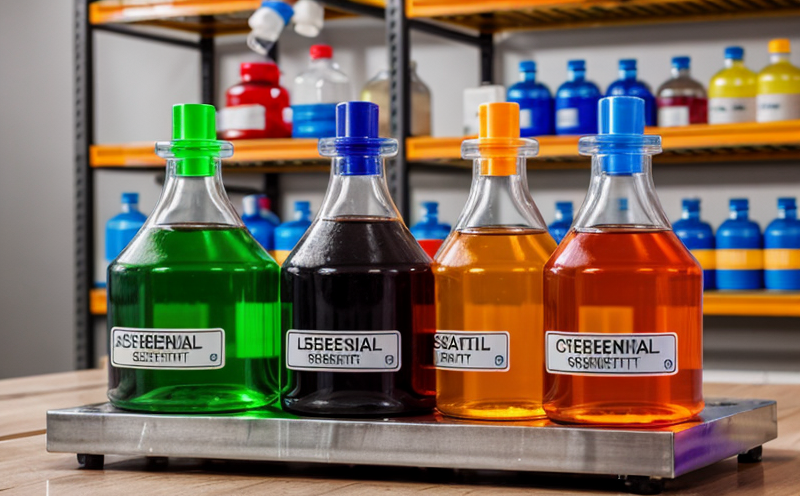Microplastic Content Testing in Consumer Goods
The increasing awareness of microplastics and their potential impact on human health and the environment has led to stringent regulations in consumer products. This service focuses specifically on detecting microplastic content within various consumer goods, ensuring compliance with international standards such as ISO 18904:2017 and ASTM E2563-13.
Microplastics are defined as plastic particles smaller than five millimeters in diameter. They can enter the environment through the breakdown of larger plastic waste or directly from products like textiles, cosmetics, and personal care items. The testing process involves several steps to ensure accurate identification and quantification of microplastic content.
- Sampling: Representative samples are taken from production batches or finished goods using validated protocols.
- Sieving: Samples undergo sieving to separate particles by size, focusing on the microscale range.
- Preparation: Prepared samples are analyzed for potential contamination and processed with appropriate solvents if necessary.
The testing process typically utilizes advanced analytical techniques such as Fourier Transform Infrared Spectroscopy (FTIR) or Raman spectroscopy, which provide qualitative information about the chemical composition of particles. For quantitative analysis, scanning electron microscopy coupled with energy-dispersive X-ray analysis (SEM-EDX) is commonly used.
Following analysis, a detailed report is generated summarizing findings, including particle size distribution, type of plastic identified, and concentration levels. Compliance reports are provided to help clients meet regulatory requirements set by organizations like the European Union's REACH regulations or California's Proposition 65.
| Sample Type | Analytical Technique | Results Provided |
|---|---|---|
| Cosmetics and Personal Care Products | FTIR/Raman Spectroscopy, SEM-EDX | Microplastic content, particle size distribution |
| Fibrous Materials (Textiles) | SEM-EDX | Type of fibers identified, microplastic concentration |
This service ensures that manufacturers and retailers can confidently meet regulatory requirements while also contributing to the reduction of environmental impact by identifying sources of microplastics in their products.
Industry Applications
The detection of microplastic content is crucial across multiple sectors, including textiles, cosmetics, and personal care products. These industries are particularly vulnerable due to the high volume of small plastic particles used in their formulations.
- Textiles: Microfibers from synthetic fabrics can be ingested by aquatic life and accumulate in food chains.
- Cosmetics & Personal Care Products: Microbeads and other small plastic particles can pose risks to consumers through direct contact or ingestion.
The following table summarizes the types of samples commonly tested:
| Industry Sector | Sample Type | Potential Harm |
|---|---|---|
| Textiles | Fibrous materials (synthetic fabrics) | Aquatic life ingestion, soil contamination |
| Cosmetics & Personal Care Products | Microbeads, emulsifiers containing plastic particles | Consumer health risks, environmental pollution |
Use Cases and Application Examples
The primary use case for microplastic content testing is ensuring compliance with international standards related to restricted substances. Here are some examples:
- Textile Industry: A leading apparel company uses our service to test its fabric samples before mass production begins, ensuring they meet the stringent requirements of REACH and Oeko-Tex Standard 100.
- Cosmetics Manufacturer: A global cosmetics brand conducts regular testing on all new formulations containing microbeads or other plastic particles to comply with Proposition 65 in California.
In each case, the ability to detect and report microplastic content allows companies to make informed decisions about their product safety and environmental impact.
Quality and Reliability Assurance
The testing process for microplastic content is designed with quality and reliability in mind. Our laboratory adheres strictly to international standards such as ISO 18904:2017, ensuring consistent results that are repeatable and accurate.
We invest heavily in maintaining state-of-the-art equipment and trained personnel who are experts in microplastic analysis. This commitment ensures that every test conducted is of the highest quality, providing clients with reliable data they can trust.





